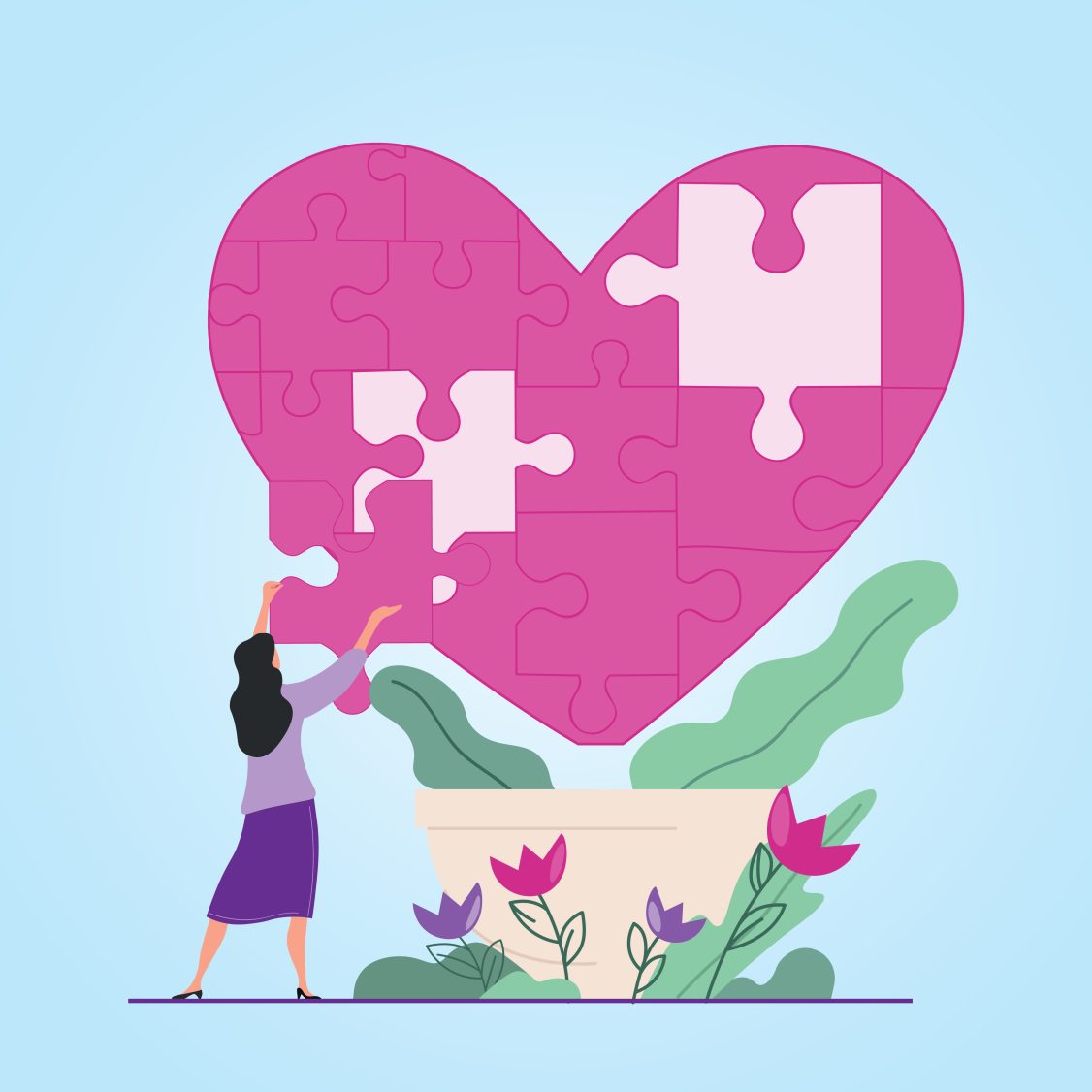Recovery + Resilience: The Truth About SUD
In 2022, when absolutely everything is televised, linked-to and discussed ad nauseam in the media, you would think that the world would have a handle on what Substance Use Disorder (SUD) is. According to the American Society of Addiction Medicine (ASAM), addiction is defined as a treatable, chronic medical disease involving complex interactions among brain circuits, genetics, the environment, and an individual’s life experiences. People with addiction use substances or engage in behaviors that become compulsive and often continue despite harmful consequences.
Despite a wealth of available information about SUDs and the surrounding pathology, stigma and misinformation persists.
Malevolent Misconceptions
A few myths about Substance Use Disorders (SUD) include:
- MYTH: The addicted has to want recovery
- Truth: Treatment doesn’t have to be voluntary to be successful. People are often able to think more clearly with recovery.
- MYTH: The addicted chose this path and can stop if they really wanted to
- Truth: Once dependent, the substance takes on the same significance as other survival behaviors, such as eating, drinking, and sleeping.
- MYTH: Using after a period of abstinence equals failure
- Truth: Using after a period of abstinence can happen but all is not lost. With continued support, this can be an important learning opportunity that reinforces the recovery path

These misconceptions are false, and dangerous. As we know SUD is a chronic, relapsing condition. Further, despite contradictory beliefs we know that recovery does happen. People do recover. Sadly, the myths and misinformation about this chronic disorder still exist, and with that comes the debilitating stigma.
Don’t Lose Hope
There are a number of effective treatments and resources available that can help provide a lifelong path to recovery. What does recovery look like? Recovery looks different for everyone – It looks like someone who is working, managing their responsibilities and having a place in the community where they are welcomed and actively belong. They look a lot like everybody else, and recovery looks a lot like life going on.
Substance use disorder is an illness with a good prognosis
Scott Theurer, Lancaster County Recovery Alliance
Seek Help, Seek Knowledge
To the many, many people that I know who are in recovery, congratulations. To those ambivalent about steps to recovery, please know that there are a lot of individuals reaching out to you. Grab on. To those who see SUD as a moral failure, please take the time to learn more about it. Here are a few links:
Why Addiction is a Disease, and Why It Is Important
Marilyn is a Certified Allied Addiction Practitioner, CAAP, and specializes in the complicated relationship between trauma and addiction. Learn more about Marilyn’s credentials and unique perspective on addiction and recovery.
